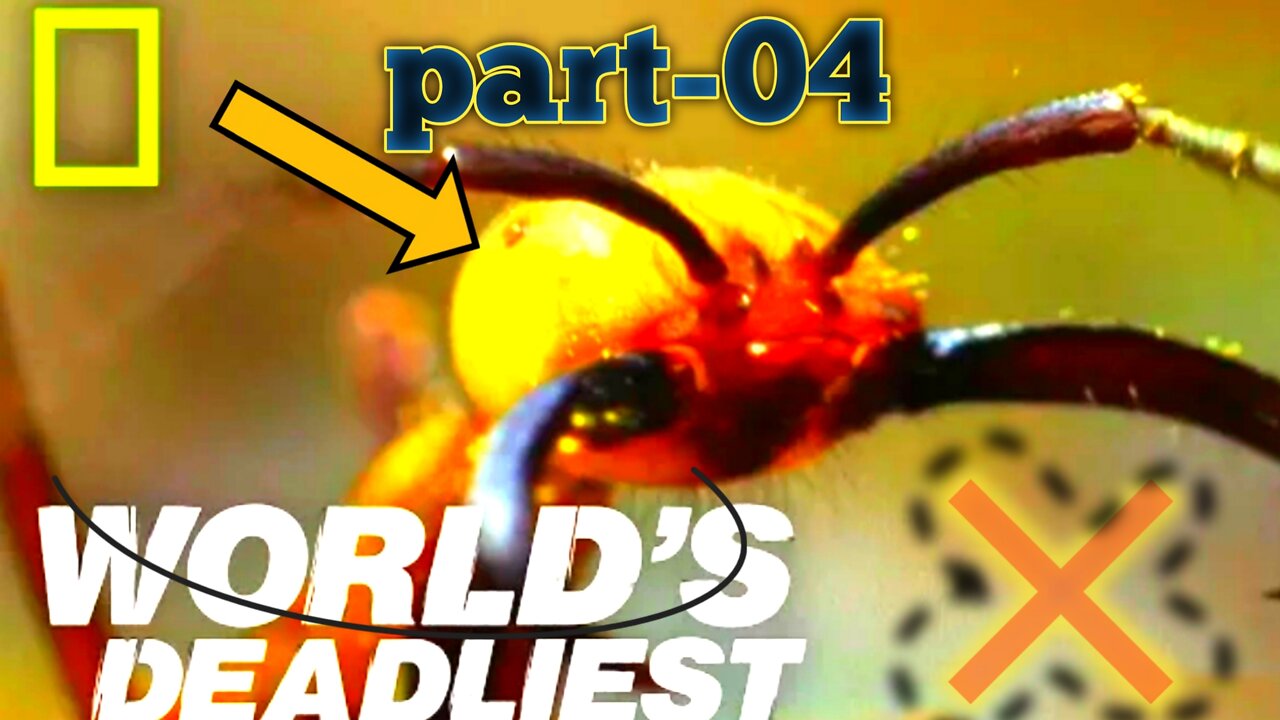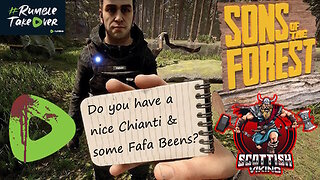Premium Only Content

National Geographic - Army Ants - BBC Wildlife Documentary@part-04
National Geographic - Army Ants - BBC Wildlife Documentary, The name army ant (or legionary ant or marabunta) is applied to over 200 ant species, in different lineages, due to their aggressive predatory foraging groups, known as "raids", in which huge numbers of ants forage simultaneously over a certain area.[1]
Another shared feature is that, unlike most ant species, army ants do not construct permanent nests: an army ant colony moves almost incessantly over the time it exists. All species are members of the true ant family, Formicidae, but several groups have independently evolved the same basic behavioral and ecological syndrome. This syndrome is often referred to as "legionary behavior", and may be an example of convergent evolution.[2][n 1]
Most New World army ants belong to the subfamily Ecitoninae, which contains two tribes: Cheliomyrmecini and Ecitonini. The former contains only the genus Cheliomyrmex, whereas the latter contains four genera: Neivamyrmex, Nomamyrmex, Labidus, and Eciton.[2] The largest genus is Neivamyrmex, which contains more than 120 species; the most predominant species is Eciton burchellii; its common name "army ant" is considered to be the archetype of the species. Old World army ants are divided between the Aenictini and Dorylini tribes. Aenictini contains more than 50 species of army ants in the single genus, Aenictus. However, the Dorylini contain the genus Dorylus, the most aggressive group of driver ants; 60 species are known.[citation needed]
Originally, the Old World and New World lineages of army ants were thought to have evolved independently, in an example of convergent evolution. In 2003, though, genetic analysis of various species suggests that they all evolved from a single common ancestor, which lived approximately 100 million years ago at the time of the separation of the continents of Africa and South America.[2] Army ant taxonomy remains in flux, and genetic analysis will likely continue to provide more information about the relatedness of the various taxa.
-
 LIVE
LIVE
Scottish Viking Gaming
3 hours ago💚Rumble :|: Sunday Funday :|: Smash the Blerps and Vape the Terpes
235 watching -
 1:03:32
1:03:32
Winston Marshall
3 days ago"War On Children!" The DEMISE Of The West Starts With Schools - Katharine Birbalsingh
16.4K18 -
 1:45:00
1:45:00
RG_GerkClan
4 hours ago🔴LIVE Sunday Special - It's Time for World Domination - Civilization VII - Gerk Clan
14K6 -
 LIVE
LIVE
Major League Fishing
3 days agoLIVE Tackle Warehouse Invitationals, Stop 1, Day 3
662 watching -
 23:34
23:34
marcushouse
5 hours ago $4.48 earnedBREAKING: Starship Launch IMMINENT – But What’s This SURPRISE Flight 9 Plan?! 🚀🔥
18.5K3 -
 8:43
8:43
Film Threat
23 hours agoTHE MONKEY | Film Threat Reviews
35.6K2 -
 15:55
15:55
TSPLY
1 day agoThe Media Is Very Afraid Of FBI Director Kash Patel
23.2K24 -
 6:57
6:57
Cooking with Gruel
18 hours agoMake Cheese Great Again
19.7K11 -
 5:17
5:17
Mrgunsngear
22 hours ago $5.20 earnedPresident Trump Has Appointed A New ATF Director
27.5K24 -
 48:17
48:17
Athlete & Artist Show
8 days ago $0.48 earnedS5E1: Chucky Announces First Kid, 4 Nations Face Off, and more!
14.6K